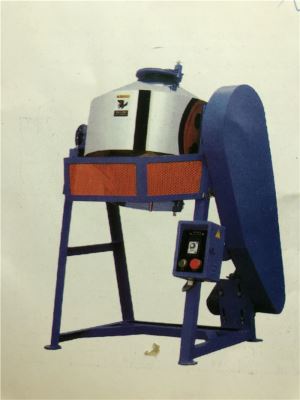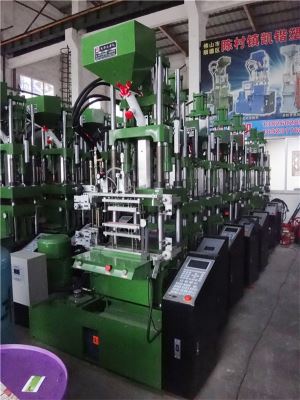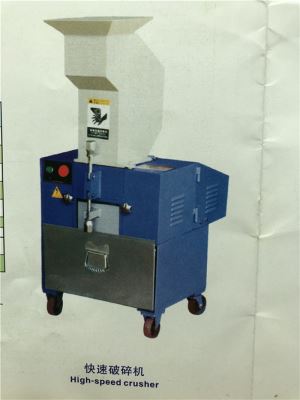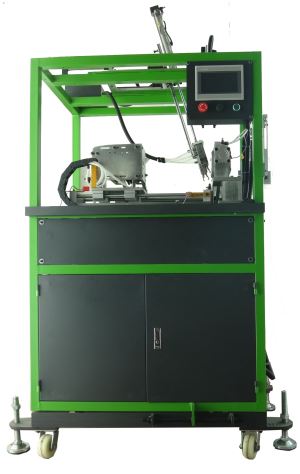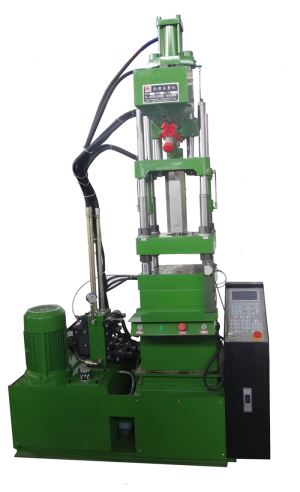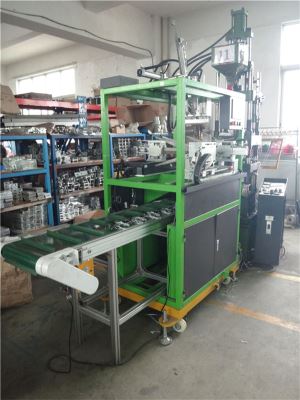Product Categories
Contact Us
Tel:+86-757-23330332
Fax:+86-757-23330332
Ph:+8613826028993
E-mail: joybai@kaikaimachine.com
Add:2-3C Tower #13, Shunlian International Machine City, Chencun Town, Shunde District, Foshan City, Guangdong, China
With the development of the mold temperature machine technology, the mold temperature controller has been applied in many fields:
Petroleum and chemical industries: polymerization, condensation, distillation, melting, dehydration, forced the insulation
Oil industry: fatty acid distillation, oil decomposition, concentration, esterification, vacuum deodorization
Synthetic fiber industry: polymerization, melting, spinning, stretching, drying
Textile printing and dyeing work: heat setting, drying, heat capacity dyeing
Non-woven industry: non-woven fabric
Feed industry: drying
Plastics and rubber industry: hot pressing, calendaring, extrusion, vulcanization molding
Paper industry: drying, corrugated paper processing
Timber industry: plywood, fiberboard compression molding, wood drying
Building materials work: gypsum board drying, asphalt heating, concrete component maintenance
Machinery industry: painting, printing, and drying
Food industry: baking, heating
Air conditioning industry: industrial plant and civil building heating
Road construction industry: asphalt melting, insulation
Pharmaceutical industry: drying
Light industry: production of ink, washing powder
The function of the mold temperature controller for injection molding machine
The purpose of controlling the mold temperature and the influence of the mold temperature on the injection molded part In the injection molding process.
The main purpose of controlling the mold temperature is to heat the mold to the working temperature, and the second is to keep the mold temperature constant at the working temperature.
If the above two points are successful, the cycle time can be optimized to ensure the high quality of the injection molded parts.
Mold temperature affects surface quality, fluidity, shrinkage, injection cycle, and deformation.
Excessive or insufficient mold temperature can have different effects on different materials. For thermoplastics, higher mold temperatures generally improve the surface quality and flow.
But extend the cooling time and injection cycle times. A lower mold temperature will reduce the shrinkage in the mold but will increase the shrinkage of the molded part after demolding.
Previous: How To Choose Model
Related News
- WHY CRUSHER
- Hopper Dryer And Pet Dryer Used For...
- Hopper Dryer
- Industrial Hopper Dryer Features:
- STOCK LABEL, TAG & INK SOLUTIONS
- What Is Crusher & How Crusher Works?
- How Does Hopper Dryer Works?
- Plastic Crushing Machines: Definiti...
- How A Self-Contained Loader Works
- How To Choose Model
- Prerequisite For Optimal Mold Tempe...
- Plastic Crushing Machines: Definiti...
- Hopper Dryer Information
- How Does Hopper Dryer Works?
- Some Information Hopper Dryer
- The Working Stability Of The Granul...
- The Necessity Of Market Existence O...
- Wire Cutters Can Be Divided Into De...
- The Operation Of Seat Type Wire Cut...
- Repair And Maintenance Method Of Ob...









